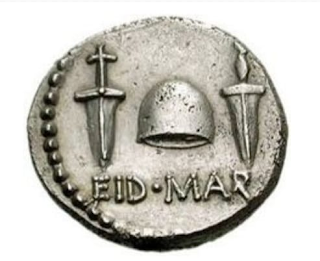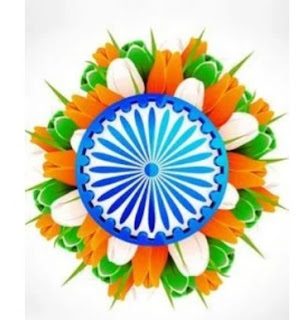Plassey and the Indian banker:

JAGAT SETH The battle of Plassey was fought on 23 rd June 1757. It is one of the most significant battles in Indian history, as it led to the eclipse of Muslim power in India and the establishment of the British Empire in the subcontinent. One of the most famous Indian bankers of all time is Jagat Seth, who conspired against Siraj-ud-Daula, the Nawab of Bengal, in the Battle of Plassey. That gave the East India Company its first decisive victory in India and eventually helped establish its rule over the entire subcontinent. Various travellers of that time wrote about Jagat Seth's enormous wealth (one traveller described him as "the greatest banker in the known world"). The name Jagat Seth itself means banker to the world. The house of Jagat Seth came to achieve a reputation akin to that of the Rothschilds. According to some sources, the British economy in the 1720s was less than Jagat Seth’s' wealth. He had assets worth approximately 1000 billion pounds or more



